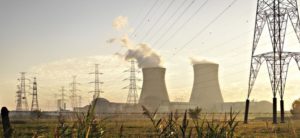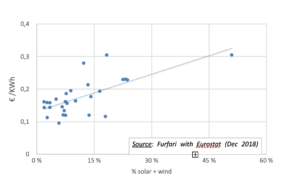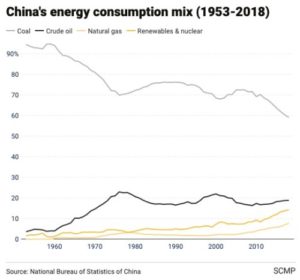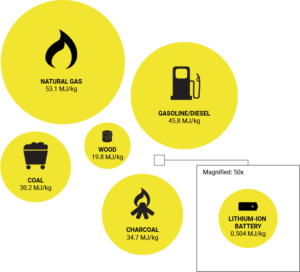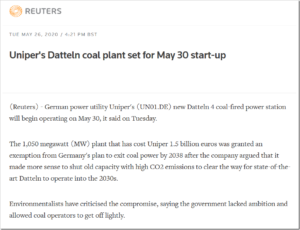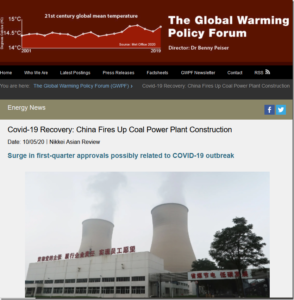by P. Gosselin, Dec 11, 2020 in NoTricksZone
Pressured by climate activism, power genherator Vattenfall announced it will shut down its recently commissioned 1.65 GW modern Moorburg coal power plant in Hamburg, Germany. It will take the equivalent of over 1600 wind turbines to take up the slack.
Just days ago, I reported here how Big Wind and crony politicians are pushing to clear 2000 hectares of 1000-year old forests to make way for 60 giant 5-MW wind turbines. Now imagine this being done 25 times because one ultra-modern coal plant will be decommissioned after being in service just 5 years.
One folly leads to another. The race in Germany to build up wind parks everywhere possible (environment be damned) stems from the political folly of shutting down baseload-providing modern coal power plants. Swedish power giant Vattenfall just announced )hat it will be decommissioning its new 1.65 GW combined heat and power (CHP) coal Hamburg-Moorburg power plant.
…
…

